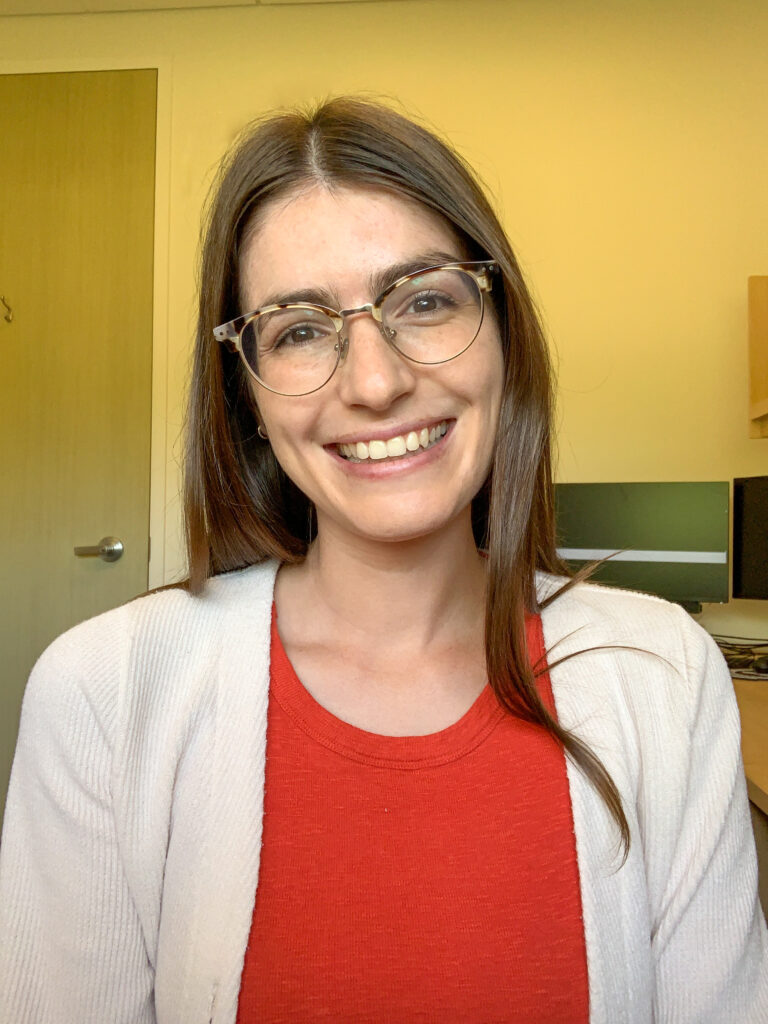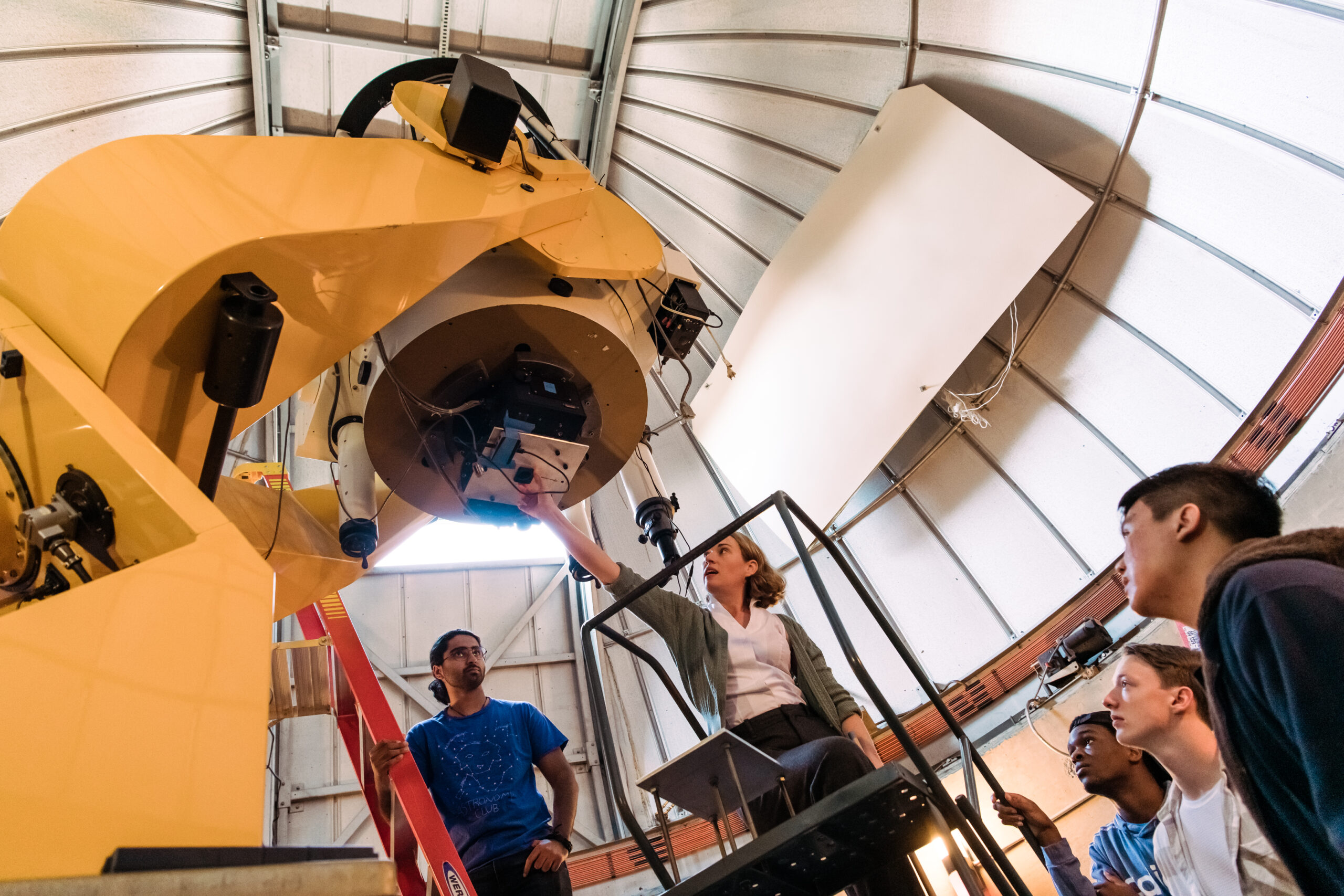
After 18 months of intensive design work by a team of more than 100 scientists, which followed years of preliminary work and investment, in November the scientists and engineers on the Advanced X-ray Imaging Satellite (AXIS) science team took an important step toward delivering this next-generation space telescope. They became one of 10 teams to submit their formal project proposal to NASA, requesting nearly $1 billion in funding to further develop the design and build the telescope.
Adi Foord, assistant professor of physics, and Eileen Meyer, associate professor of physics, serve on the central AXIS leadership team, and Foord co-leads the sub-team focused on supermassive black hole evolution. If selected for production, AXIS will improve upon the highly successful, but aging, Chandra X-ray Observatory launched in 1999.
As an X-ray telescope, AXIS aligns with one of the established priorities laid out in NASA’s 2020 decadal survey. These surveys initiate a years-long competition to be the one major instrument eventually selected for launch to address one of the priorities.
A revolutionary x-ray telescope

“AXIS is going to revolutionize our understanding of supermassive black hole growth and evolution by detecting some of the earliest known supermassive black holes to date and tracking them across cosmic time,” Foord says. “AXIS will be the premiere high-angular-resolution X-ray mission of the 2030s, observing deeper into our universe than currently possible with existing X-ray telescopes.”
The lead investigator on the AXIS team is Chris Reynolds at University of Maryland, College Park, and the co-lead is Erin Kara at MIT. The team will know by fall 2024 if its proposal is one of two or three selected to move on to the next phase. After that, one proposal will eventually emerge the winner, and the selected team will build their satellite for launch in the early 2030s.
The team is optimistic about their prospects, given the strength of the proposal and the potential impact of the new satellite’s capabilities. AXIS’ “superb resolution means that it will be able to detect many new systems of interacting supermassive black holes,” Foord explains, such as pairs orbiting each other very closely and expected to merge. “We currently don’t know of too many of these systems, and AXIS is predicted to find hundreds to thousands of them.”

